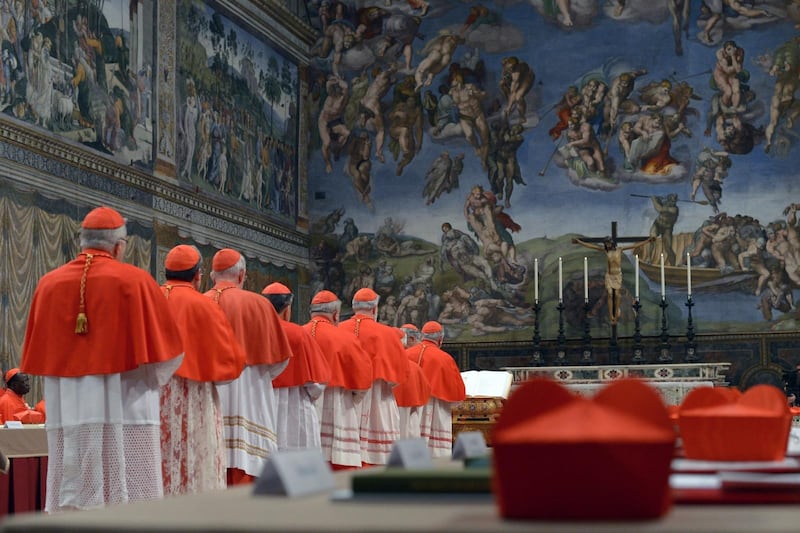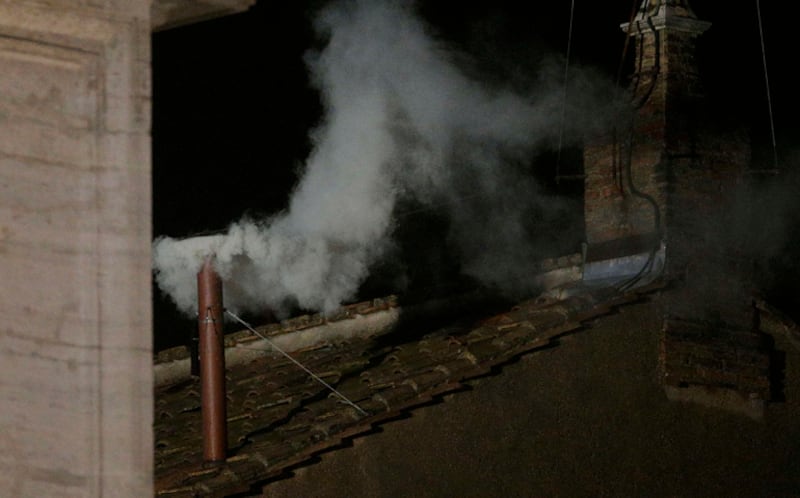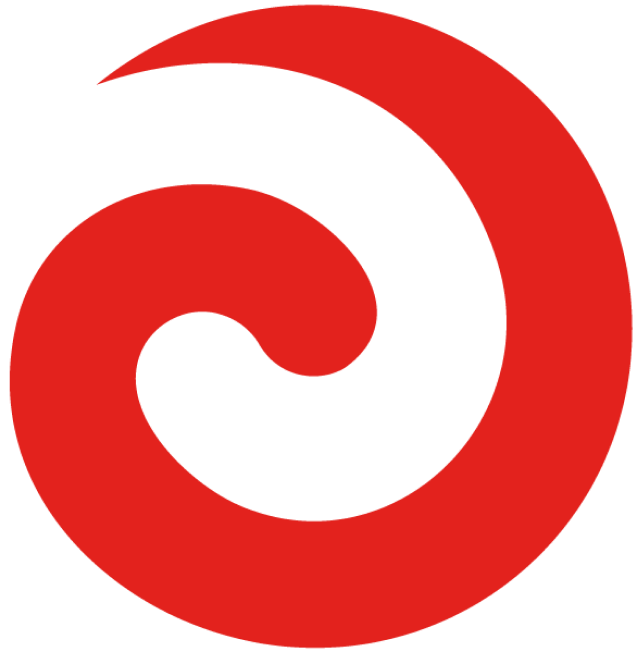Today marks the beginning of the Papal Conclave, where the future Bishop of Rome will be decided. The conclave, a gathering of Cardinals, is tasked with choosing the next pope following the death of Pope Francis late last month.
The last conclave took place in 2013, resulting in the appointment of Pope Francis following the resignation of Pope Benedict XVI.
As the discussions about who will lead the Church into its next chapter commence, Te Tai Tokerau Kaumātua Bobby Newson has expressed confidence in the decision-making process of the College of Cardinals.
“He pai taku wairua, i te mea, e mōhio atu ana kei kōnā anō te wairua tapu e mahi mai ana, hei ārahi atu i a rātou. Ahakoa ngā kōrero tōrangapū.”
What is the Conclave?
The Papal Conclave is the gathering of Cardinals, the second-highest-ranking members of the Church, who deliberate and consult on who is best suited to lead the Church forward. This year’s conclave is made up of 133 Cardinal electors, the largest number in recent history.

The elected pope must be under 80 years old, allowing for the possibility of a longer papacy. Although there is no fixed length for a conclave, most in recent history have concluded within a week:
- 2013 (Pope Francis) – 2 days
- 2005 (Pope Benedict XVI) – 2 days
- 1978 (Pope John Paul II) – 3 days
- August 1978 (Pope John Paul I) – 2 days
However, Newson notes that the decision-making process has sometimes taken far longer in the past.
“I ngā rau tau ki muri, i noho rātou mō te toru tau. Engari, he tino taimaha ki ngā kaimanaaki, ngā mahi kai me ngā mahi tieki i a rātou, kua whakarite anō he tikanga kia kaua rawa e noho pērā.”
Cardinals vote four times a day—twice in the morning and twice in the evening. After each vote, smoke rises from the chimney of the Sistine Chapel, signalling the outcome of the vote.
Newson explains the importance of this tradition.
“Ka noho rātou, mēnā horekau anō kia tohua he tangata mō te tūranga rā, he Kātinara mō te tūranga rā, ka puta te pawa, arā te auahi, ka puta te pawa mangu. Horekau ana kia tau noa. Tae rawa atu ki te wā ka tohua he tangata mō te hēpara nui o te Hāhi Katorika, ka puta te auahi, te pawa mā.”
Conservative or Progressive?
Pope Francis was widely regarded as a progressive pope, focusing on issues such as LGBTQIA+ rights, social justice, support for indigenous communities, and advancing the role of women within the Church.
The upcoming conclave faces the challenge of deciding whether to continue in Pope Francis’s progressive footsteps or return to a more conservative approach.

Many Māori Catholics believe the Church should continue along a progressive path to ensure it evolves with society.
Cardinal John Dew of Aotearoa New Zealand, who is part of the conclave, shared his thoughts in a recent Facebook post.
“I think one of the things that a new pope will need to do is to continue to try and give hope to the world,” Cardinal Dew said.



